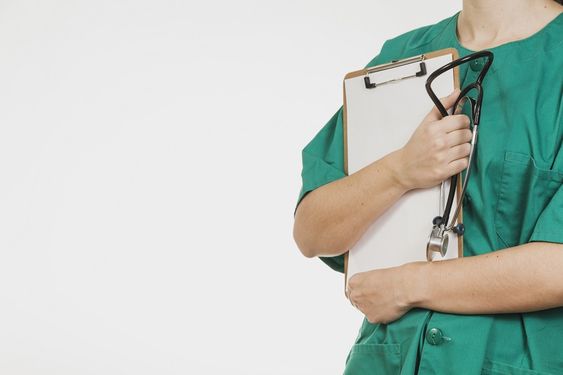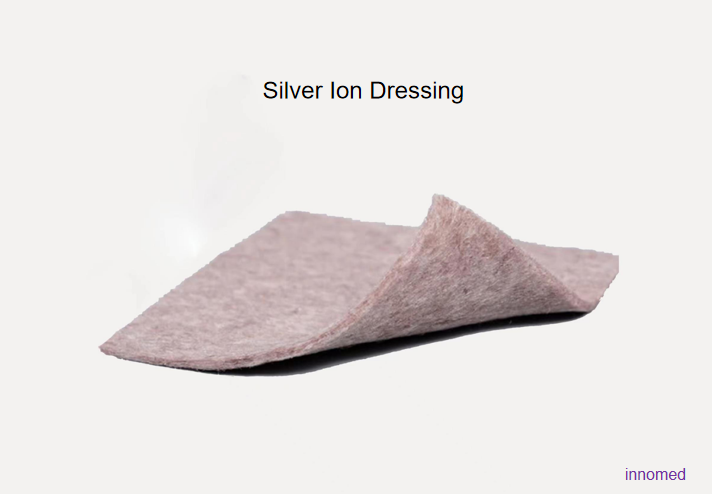In life, we can't avoid collisions. When a wound occurs accidentally on the body, if the wound is not handled properly, not only will the wound cause infection to varying degrees, but it will also make the wound difficult to heal. So how can we correctly judge whether the wound is infected? How to deal with infected wounds, please come and see me.
1. Check for increasing pain, swelling, redness, or warmth around the wound :
1. Disinfect your hands first. Hands should be washed before examining the wound. If you are still concerned about wound infection, it is best to use sterile disposable gloves for wound examination.
2. Check the wound. When examining the wound, be careful to remove the wrapped dressing so as not to aggravate the condition of the sensitive area. If the bandage sticks to the wound, you can rinse it with running water and remove it. A sprinkler from the kitchen sink will do the trick.
3. Check the wound for redness or swelling. When examining the wound, look to see if it looks particularly red or redder than before. The wound looks very red, and the surrounding area is starting to redden, which may be a sign of infection.
4. Ask yourself if you are feeling more and more pain. Pain, or getting more and more painful, is a sign of an infected wound. If the wound becomes more and more painful, please see a doctor in time. You may feel the pain coming from deep within the wound. Generally, swelling, warmth, and tenderness in the affected area are the earliest signs of an infected wound.
2. Check for pus or discharge
1.Look for yellow or green pus or fluid leaking from the wound. These secretions can be foul-smelling. Pus or dirty fluid from the wound are obvious signs of infection. You should seek medical attention as soon as possible.
2. Note whether there is pus accumulation around the wound. If you notice pus under the skin around the wound, it may be infected. A buildup of pus, or a tender and growing lump under the skin that doesn't come out, could also be a sign of infection and needs to be taken seriously.
3. After examining the wound, wrap it with a new sterile bandage. If there are no signs of infection, you can wrap and protect the wound with a bandage. If there are signs of infection, wrapping the wound with a sterile bandage before seeing a doctor can also protect the wound from re-infection.
4. If the wound continues to drain, see a doctor. While the body is fighting an infection, it is normal for some discharge to flow from the wound at times. However, if the pus is yellow or green and is getting more and more flowing, or if it is not getting better, see your doctor. If there are other signs of infection, you need to seek medical attention.
3.To treat an infected wound?
1. When the wound infection is relatively mild if the symptoms of the wound infection are relatively mild, don't worry too much. At this time, you only need to disinfect and then use a functional dressing . The use of Longterm Medical hydrocolloid dressing can provide a slightly acidic wound to the wound. The airtight environment is conducive to wound healing, and this accessory also has a certain waterproof effect to prevent the wound from being invaded by foreign microorganisms. Usually, iodine can be used for disinfection, and try not to touch the water before and after disinfection.
2. When the wound infection is severe,
if the symptoms of the wound infection are severe, it is recommended to go to the hospital as much as possible, consult the doctor, and treat under the guidance of the doctor. When the wound is infected and swollen, there may be a certain abscess. It is necessary to do certain debridement work first to remove the necrotic tissue around the infection. After removal, Longterm Medical Silver Ion Dressing can be used. Bacterial, suppresses exudate and optimizes the appearance of wound granulation tissue. If there is no one around to help you change the medicine, it is better to choose to change the medicine in the hospital, which is more professional.
For more information on Innomed® dressing, refer to the previous articles. If you have customized needs, you are welcome to contact us; we will serve you wholeheartedly.
At Longterm Medical, we transform this data by innovating and developing products that make life easier for those who need loving care.
Editor: kiki Jia
Date: September 22, 2022

 English
English عربى
عربى Español
Español русский
русский 中文简体
中文简体








